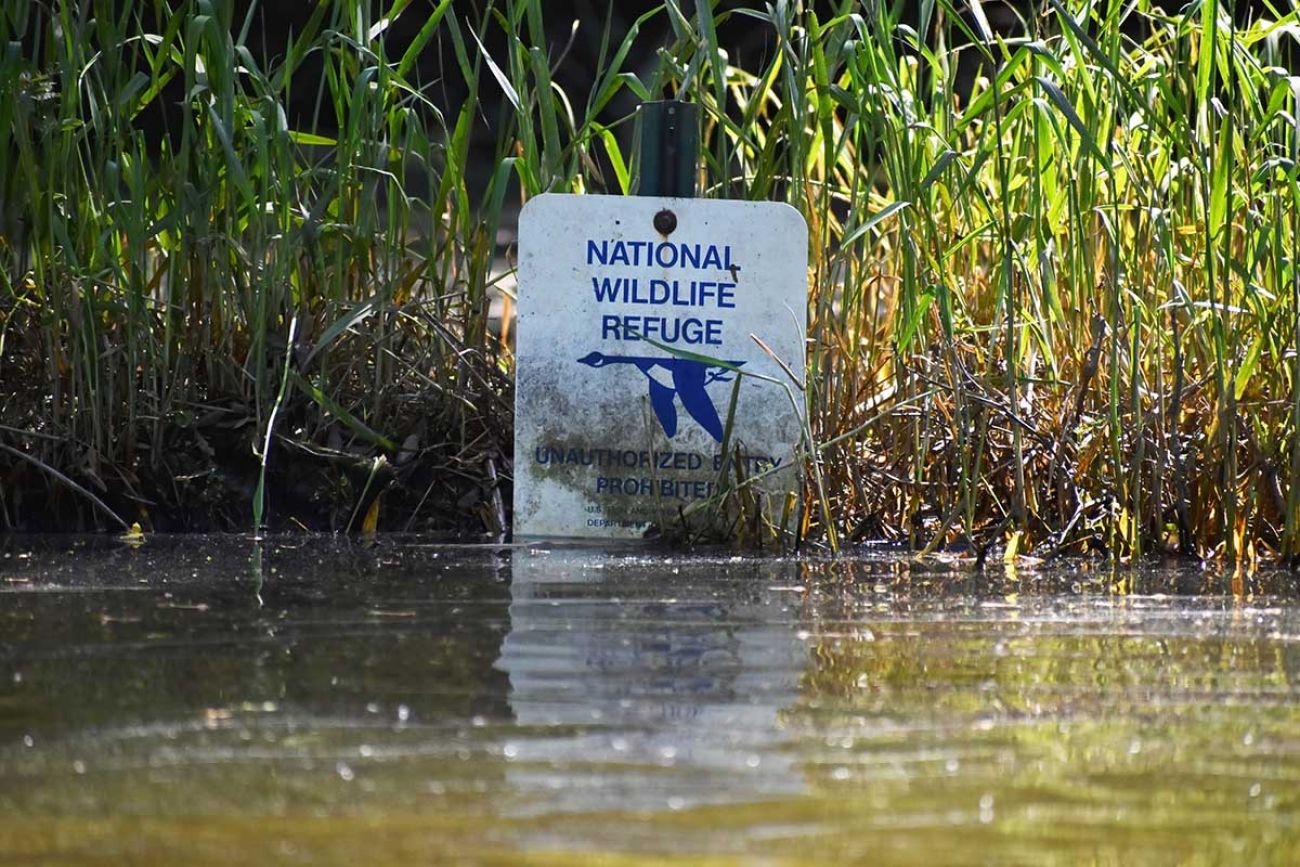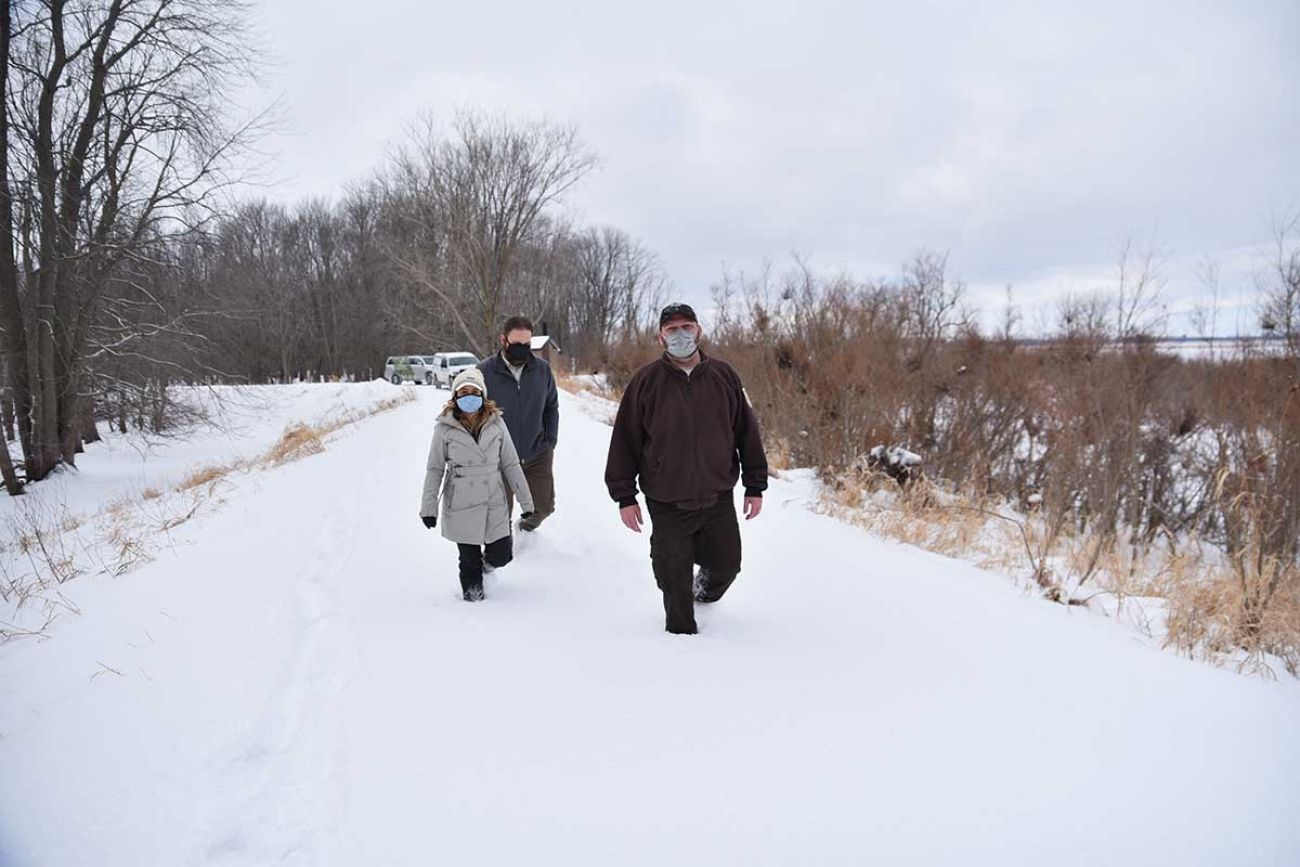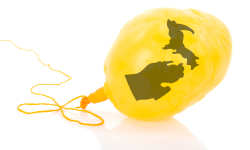Michigan communities turn to wetlands to prevent damage during floods

Midland and other cities were hit hard by a flood caused by the failure of a weak dam.
More than 2,500 homes were damaged. There was an estimated $245 million in property damage.
If that flood happened a few years ago, the damage could have been worse. But there’s been a change. One thousand acres of restored wetlands helped reduce the severity of that flood.
Related:
This article is part of The Great Lakes News Collaborative, which includes Bridge Michigan, Circle of Blue, Great Lakes Now at Detroit Public Television, and Michigan Radio. It unites newsroom resources to report on the most pressing threats to the Great Lakes and drinking water supplies, including pollution, climate change, and aging infrastructure. The independent journalism is supported by the Charles Stewart Mott Foundation.
The story began with heavy rainstorms. We’ve been seeing more of those in recent years because of climate change. The Great Lakes region is seeing more intense rainstorms. Storms that were once considered 100 year events or even 500 year events are happening somewhere in the basin every few years now. Climatologists predict we’ll see more and heavier storms in the decades ahead.
That could mean flooding for some areas that don’t seem to be at risk now.
Some experts say there’s a way to reduce the effects of floods in the future: more wetland areas.
A few of those experts were trudging through more than a foot of snow in late February to look at a project at the Shiawassee National Wildlife Refuge near Saginaw.
“What we're seeing right now is almost all fully restored now. Back in 2013, this was all corn and soybeans and agricultural land,” said Eric Dunton, a biologist with the U.S. Fish and Wildlife Service.
That agricultural land is now a wetland area that’s managed by flood gates and levees.
The Shiawassee refuge sits where the Tittabawasee, Shiawassee, Cass and Saginaw all come together on their way to Lake Huron’s Saginaw Bay.
Last year, when the Wixom Lake dam gave way and the Sanford Lake dam was breached, more than 21 billion gallons of water rushed into the Tittabawassee River. Towns downstream were facing major flooding.
“So we opened up all the water control structures and within about 30 hours of opening those structures, we had 10 feet of water across the entire thousand acre marsh,” Dunton said.
That means some of the flood waters were diverted away from towns along the rivers. More than 3.25 billion gallons ended up in the newly restored wetland area. That’s something close to 5,000 Olympic-sized swimming pools.
Not only did it prevent worse flooding downstream, but it acted as a pressure relief valve for the waters upstream, reducing the amount of flooding in places such as the city of Midland on the Tittabawassee River.
“Every day, society and people are realizing the benefits of wetlands more and more,” said Chris Sebastian with the conservation group Ducks Unlimited. “We are now realizing that draining these 100, 150 years ago to make way for progress back then really is hurting us now.”

Ducks Unlimited helped the U.S. Fish and Wildlife Service design the new 1,000 acre managed wetlands – which is more complicated than it sounds.
“It turns out that putting nature back on the ground is pretty expensive and, you know, trying to make things natural that were here before us, it's really hard to do,” Sebastian said.
At Shiawassee, failing to get it right would mean flooding neighboring farms.
It involves engineers, botanists and wildlife experts.
One of those experts involved in this project is Kali Rush, a regional biologist for Ducks Unlimited. She noted Michigan has lost a lot of its wetlands due to first timber harvesting and then farming.

“There were wetlands around Saginaw Bay where we are here, you know, it stretched maybe over 10 counties,” she explained.
Now there’s only a fraction of those wetlands remaining. So water has no place to go when there’s a big rain. And we’re seeing more big rains.
“We need to mimic the natural fluctuations of the wetlands, which allows us to raise or lower water levels and promote that native vegetation response, which then, you know, does all the things that we've been talking about, provides the wildlife habitat, provides for flood storage and cleans the water and cleans the air,” Rush said, explaining that vegetation takes carbon dioxide and turns it into oxygen.
And those things help in a lot more ways than the obvious. Wetlands filter pollutants. Vegetation takes up farm chemicals and fertilizers.
The wildlife habitat serves more than just ducks, but also egrets, great blue herons, otters, eagles, and is a place for some kinds of fish to reproduce.
More than hunters and hikers benefit, Rush said. Wetlands can mean the difference in whether sewer systems back up into your basement, or that nearby creek rises to your doorstep.
“The goal in the future would be to better prepare for these larger storms and to have more of these, you know, wildlife refuge areas, more these wetlands on the landscape, to be able to uptake more of those floods and really lessen the impact on people,” she said.
Because so many wetlands have been drained, filled in, built over or destroyed some other way, we’ve taken away one of nature’s ways of handling too much water along rivers or along Great Lakes coasts. Instead, we’ve been trying to build bigger networks of bigger pipes to rush water back to the rivers and lakes. That’s really expensive and increasingly we’re finding not all that effective with the way the climate is changing in the Great Lakes region.
Michigan Environment Watch
Michigan Environment Watch examines how public policy, industry, and other factors interact with the state’s trove of natural resources.
- See full coverage
- Subscribe
- Share tips and questions with Bridge environment reporter Kelly House
Michigan Environment Watch is made possible by generous financial support from:
Our generous Environment Watch underwriters encourage Bridge Michigan readers to also support civic journalism by becoming Bridge members. Please consider joining today.
See what new members are saying about why they donated to Bridge Michigan:
- “In order for this information to be accurate and unbiased it must be underwritten by its readers, not by special interests.” - Larry S.
- “Not many other media sources report on the topics Bridge does.” - Susan B.
- “Your journalism is outstanding and rare these days.” - Mark S.
If you want to ensure the future of nonpartisan, nonprofit Michigan journalism, please become a member today. You, too, will be asked why you donated and maybe we'll feature your quote next time!






